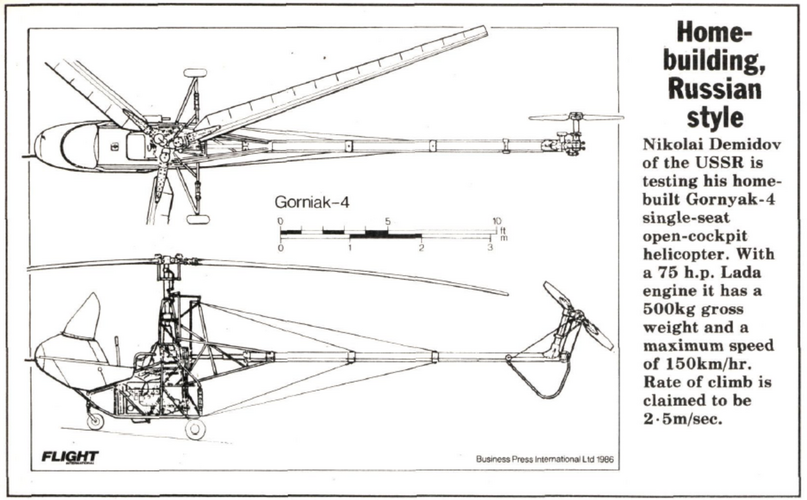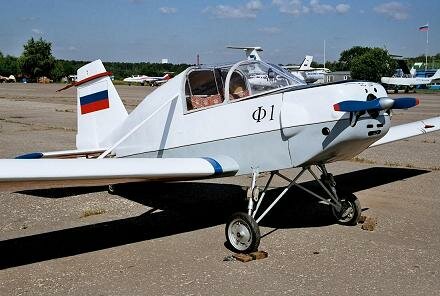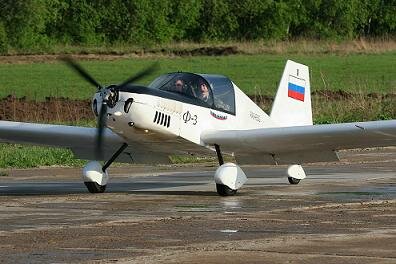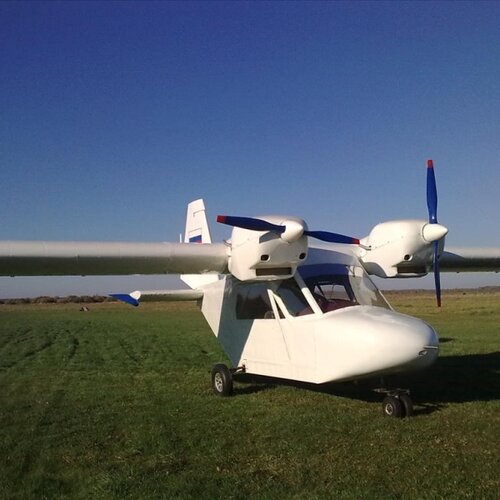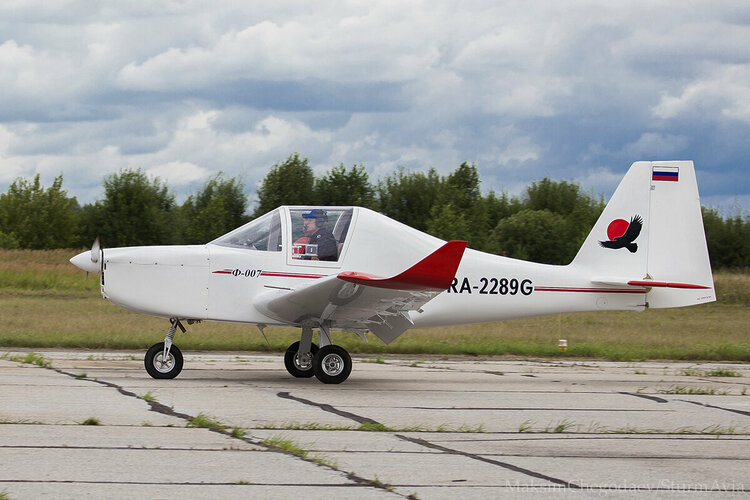You are using an out of date browser. It may not display this or other websites correctly.
You should upgrade or use an alternative browser.
You should upgrade or use an alternative browser.
Russian Little Known Helicopters & Light Aircraft
- Thread starter hesham
- Start date
-
- Tags
- cold war soviet union ussr
persil
All rotorcraft enthusiast
From Flight 4-10-1986,
the Gornyak-4.
Demidov N. I.: Gorniak-4 { Демидов Н. И.: Горняк-4 } - General data - ROTORCRAFT.INFO
rotorcraft.info - an online, incomplete rotorcraft catalog
rotorcraft.info
- Joined
- 25 June 2009
- Messages
- 14,730
- Reaction score
- 6,068
It's Oleg Fedorovich FEFELOV, not "Igor Fefolov", a member of the flying club "Vzlyot" in Kingisepp. Here are photos of his four aircraft: F-1 (2002), F-3 (2005), F-5M (2010) and F-007 (2014). The F-5M is a twin-engine five-seater, the others are single-engined two-seaters (F-1, F-3) or single-seater (F-007).who knows Igor Fefolov and his aircraft F-1,F-3,F-5 & F-7 ?.
Attachments
Last edited:
trionghost
ACCESS: Restricted
- Joined
- 8 April 2024
- Messages
- 1
- Reaction score
- 1
Nope. They were designed in parallel (their first flight was in the same year), and the only common ground was Shvetsov ASh-82V engine.Yakovlev Yak-24 - this one was constructed from bits of two Mi-4
From the book "Stories of an Aircraft Designer" by A.S. Yakovlev:
"At the end of the summer of 1951 I was summoned to the government. Arriving in the Kremlin, I met Tupolev, Ilyushin, as well as helicopter designers Mil, Kamov, Bratukhin there. I was surprised by such an unusual combination of invitees: helicopters and airplanes are so different machines, there is so little in common between them, that helicopters and airplanes designers rarely met together.
But everything became clear as soon as the meeting began. It turns out that we were all invited together in order to consult: how to eliminate our country’s then gap in the field of large helicopter manufacturing.
We were given a day to think about it.
Tomorrow evening they called me to the Kremlin again. Of the designers there, only Mil was there. Things took a completely unexpected turn for us, and especially for me.
We were invited to review and give our comments on the already prepared draft government resolution on the creation of two helicopters. A single-engine single-rotor for twelve people will be entrusted to the construction of the Mil design bureau, and a twin-engine twin-rotor for twenty-four people will be entrusted to our bureau. The hardest thing for us was that the design, construction and testing of both helicopters was set at only one year.
Even the day before, my assistants and I did not consider it possible to even do a project in less than a year, but here we were given a year to do everything. It seemed that it would take at least three to four years to solve such a complex design problem. Mil and I tried to challenge the deadlines, but they explained to us that we would be provided with any unlimited assistance, but the proposed period of one year is final and cannot be discussed."
And they did it. It was hard times.
Similar threads
-
Little-known Chinese helicopter projects
- Started by persil
- Replies: 15
-
Kharkov (Kharkiv) Aviation Institute (KhAI) aircraft and projects
- Started by Maveric
- Replies: 54
-
Prototypes and projects from Latvia's RKIIGA
- Started by Stargazer
- Replies: 39
-
Mukhamedov OKB - Military, Civil and VTOL concepts
- Started by overscan (PaulMM)
- Replies: 74
-
MDP program - the Mikoyan Product 701
- Started by Tuomasn
- Replies: 30

